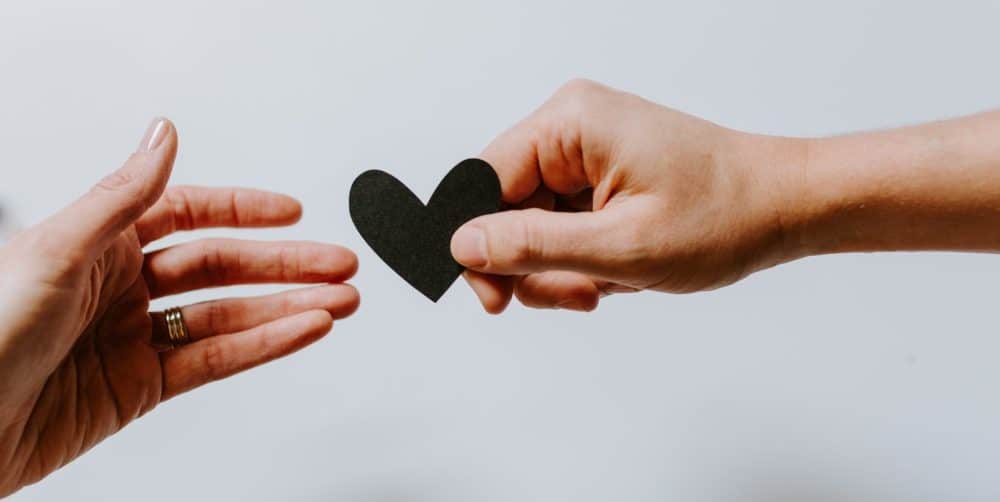Bhupinder Goraya has taken early retirement from general practice. He has also been a Buddhist monk, and is now training to teach mindfulness.
Whilst I gave up practice as a GP over a year ago, I still keep my hand in with back-office work and so do keep abreast of what’s going on at the coal face. It seems to me that there is an ever-widening rift between primary and secondary care. From our side, we feel the burden of Friday afternoon discharges with no home assessment and patchy take-home medication quotas. It is not uncommon to be asked to ‘kindly monitor’ a whole raft of haemotoxic, nephrotoxic and hepatotoxic drugs as if we spend our time navel-gazing and would welcome the entertainment. I’m sure secondary care are hacked-off at our referring triviality to outpatients or seeing clients in A+E who have just been given a clean bill of health by their GP.
I’m sure secondary care are hacked-off at our referring triviality to outpatients or seeing clients in A+E who have just been given a clean bill of health by their GP.
Generally speaking, we like to consider medical practice as a matter of hard science rather than opinion. The randomised control trial is the bedrock of the evidence base and certainly aims to establish cause and effect relationships between disease processes and interventions. However, moving into the real world of everyday clinical practice, we have to acknowledge that such linear relationships are not always the norm. Having applied the evidence base to the letter the desired outcome is not always achieved. Often the result is further investigation, treatment or the opinion of peers. What we are really talking about here is, at best, clear diagnoses that are recalcitrant to treatment and, at worst, the medically unexplained. This is by no means a trivial topic as much of primary and secondary care outpatients clinical interactions involve managing these often ‘revolving door’ cases. Frustration is felt not only across the consulting room but also causes fundamental rifts between primary and secondary care.
So what’s going wrong here? I feel we have to acknowledge there are other forces at work that impinge on a patient’s journey through the healthcare system. I would like to label this force ‘luck’. We often know from the history alone if what is presenting is likely to have an organic basis. If we know that an organic cause is unlikely then it feels entirely reasonable to me to say, ‘If we’re lucky we’ll find an answer to your symptoms.’ This would naturally lead to the question, ‘What if we’re unlucky doc?’ ‘Then your likely to spend the remainder of your days seeking answers to your symptoms where answers can’t be found. In essence, you are looking for a charitable conclusion to your problems. Perhaps the answer for you may be giving charity rather than receiving it.’
For me personally giving rather than receiving charity is a panacea for all illnesses. The giving can be as inexpensive as a smile. Perhaps we all need to be more charitable towards each other as healthcare practitioners.
Here is our opportunity to be charitable, smile serenely and pursue the course of our colleague’s concerns even when we think the proposition is utter nonsense.
During my 10 years as a Buddhist monk, I picked up some deep pearls of wisdom. One such pearl is never to destroy another’s faith. So, whilst we may wince at the A+E SHO’s suggesting an OGD, colonoscopy and liver scan for trivial dyspepsia, it’s much more their world than ours. Gone are the days where an ECG was done on a soot-covered drum. One day we may wake to a whole-body MRI as a matter of course. So let’s be charitable towards each other and especially our medical youth. Why not have them lead the ward round with their bright eyes and bushy tails?
Overall let’s be charitable to both each other and our patients. We can draw in faith to strengthen our charity by saying, ‘Dear first principles, evidence base and charity please make me an instrument of your health,’ before and after each clinical contact. In the unlikely event of this happening across primary and secondary care, we may feel less siloed in the care we are giving.
Photo by Kelly Sikkema on Unsplash






